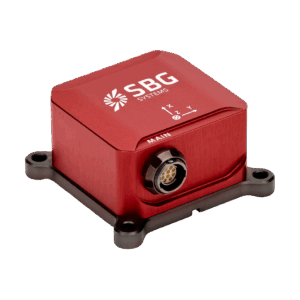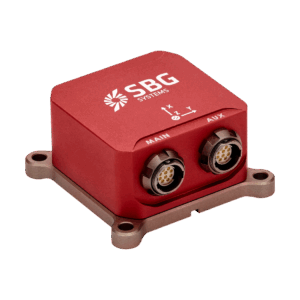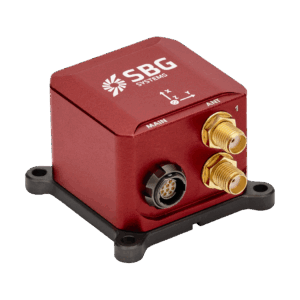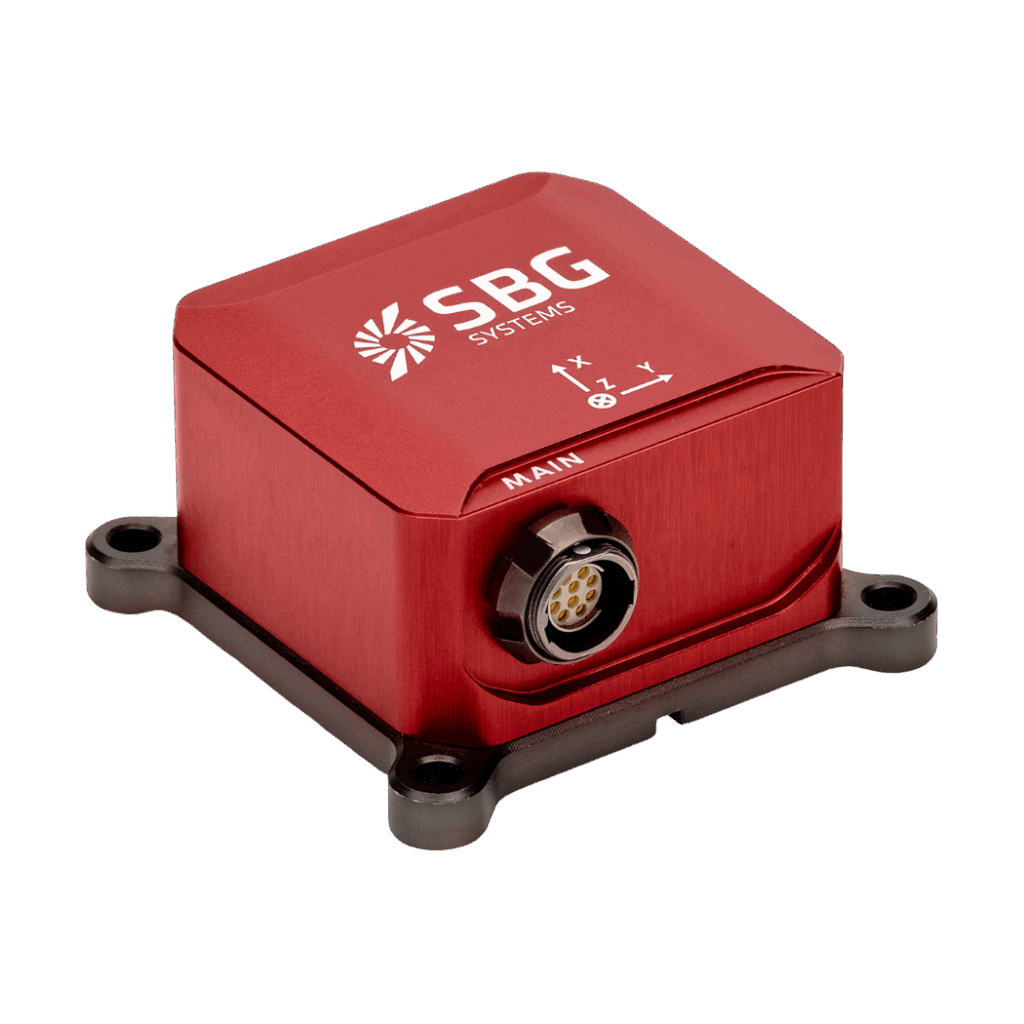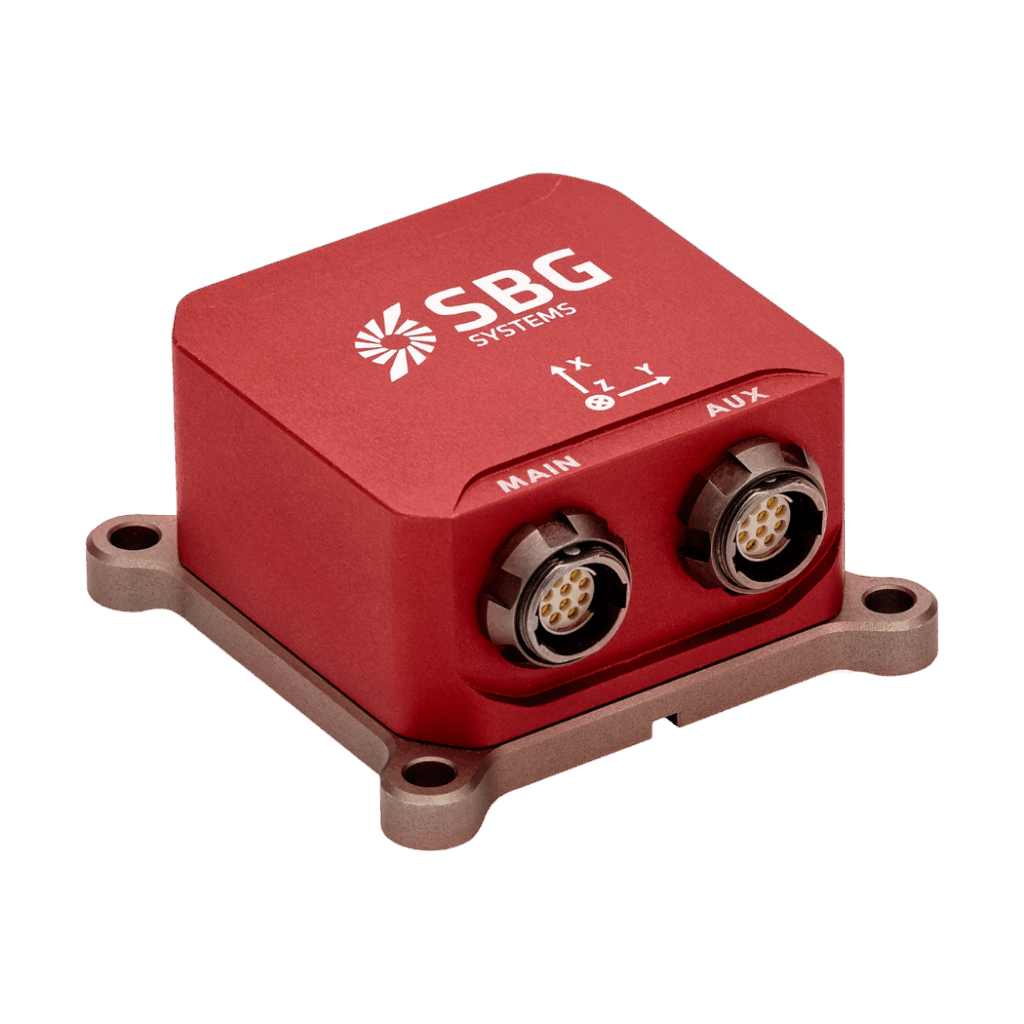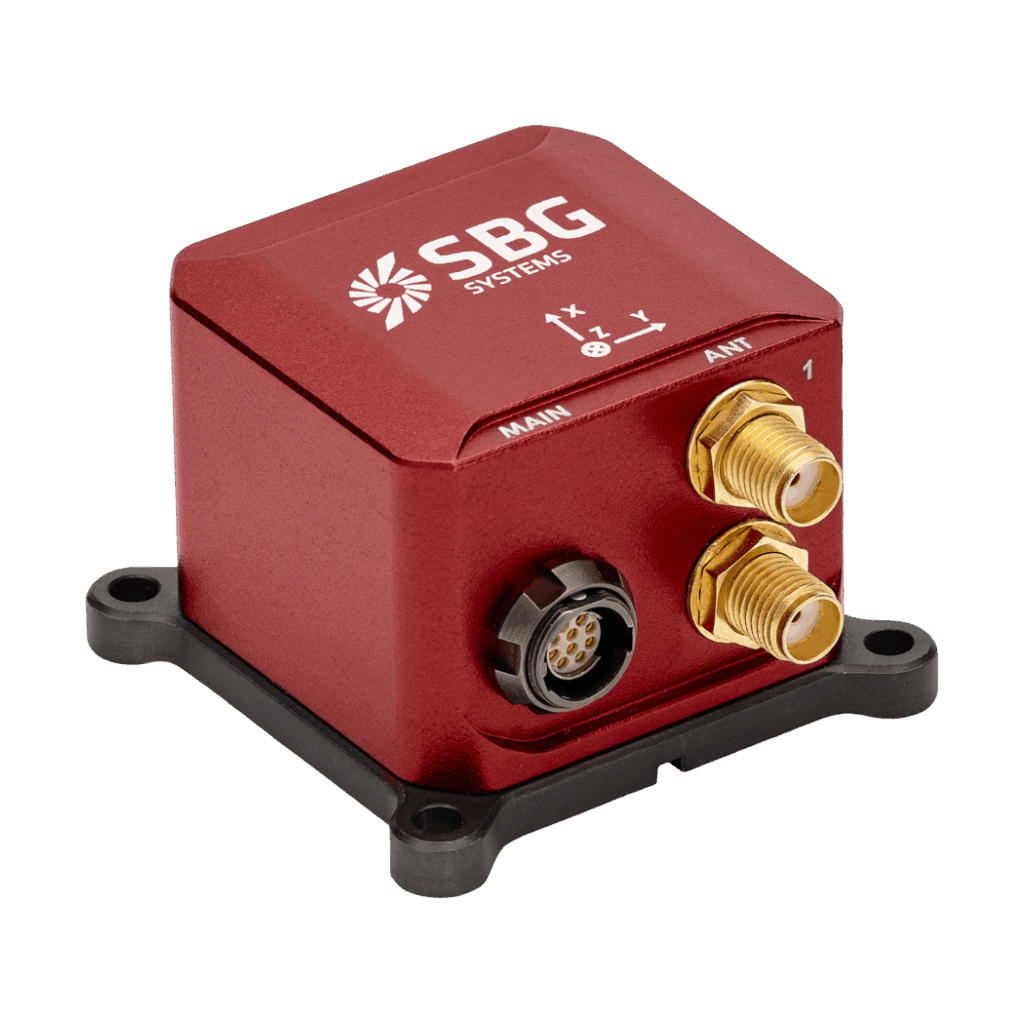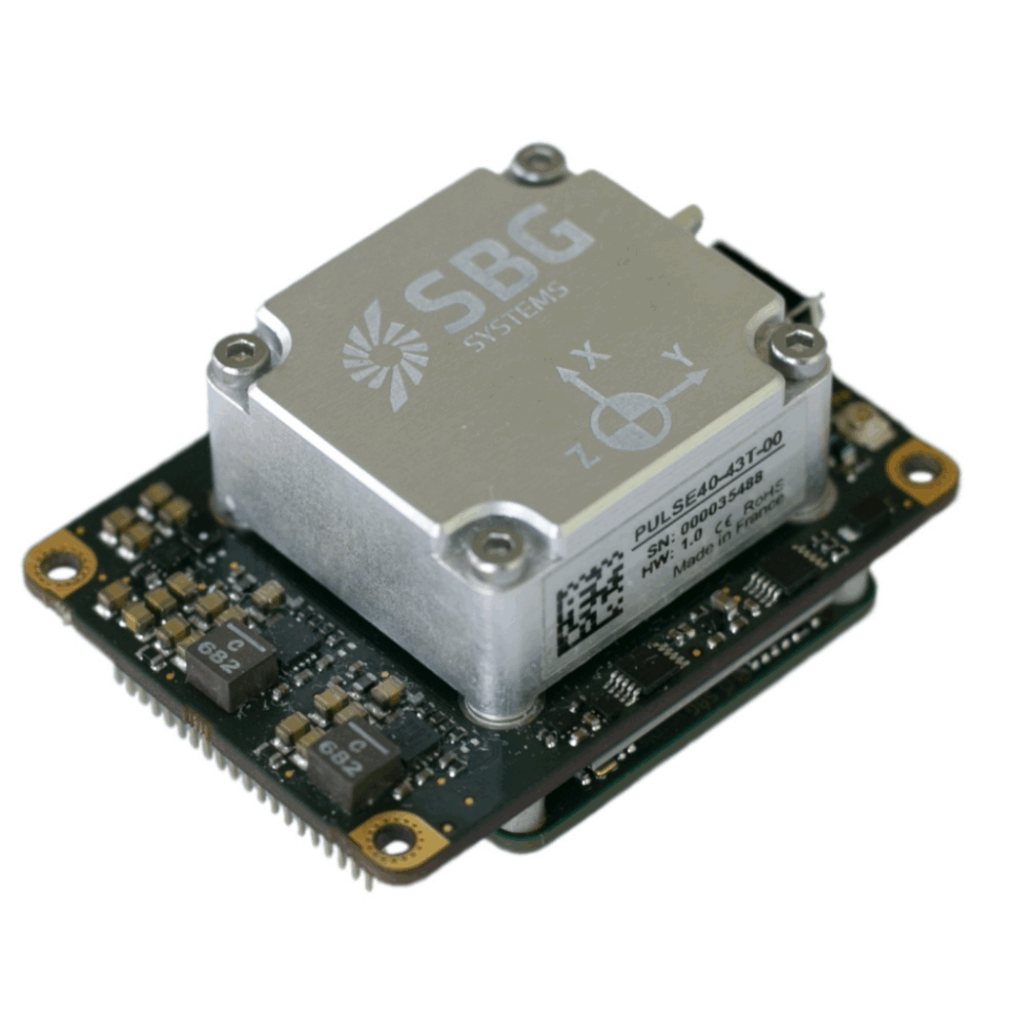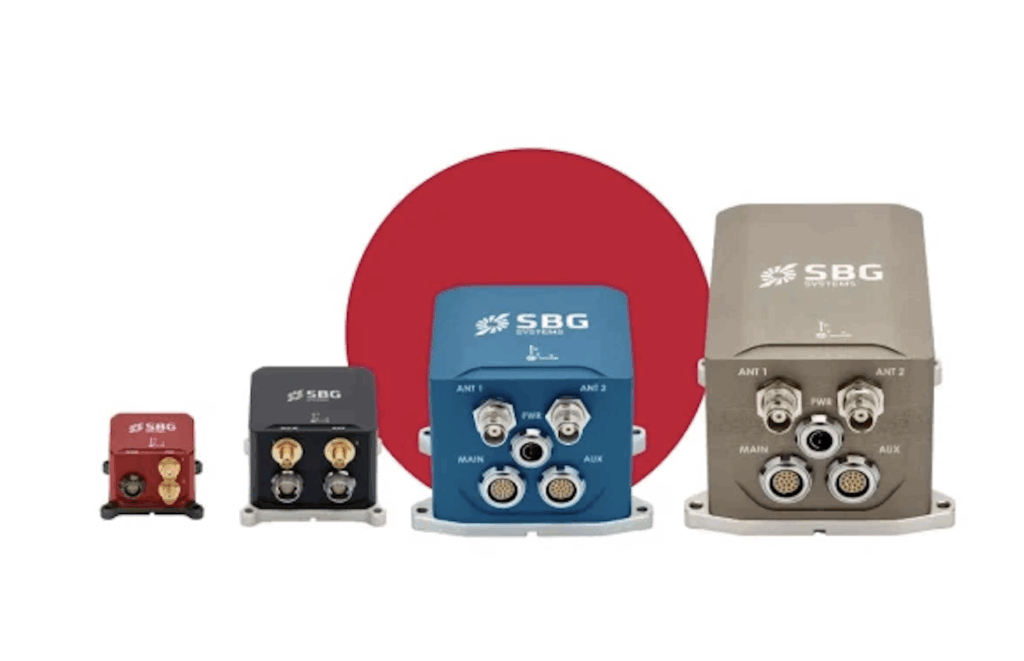SBG Systems has released a test report showcasing the performance improvements delivered by the New Ellipse firmware for Ellipse inertial navigation systems (INS).
The evaluation compares legacy firmware performance with the New Ellipse firmware (version ≥3.0) across both Attitude and Heading Reference System (AHRS) and GNSS-aided INS modes.
- Ellipse-A
- Ellipse-E
- Ellipse-N
- Ellipse-D
The New Ellipse firmware features redesigned navigation algorithms, enhanced rejection mechanisms, increased output rates, and improved data communication. These upgrades enhance stability, accuracy, and resilience while maintaining full compatibility with existing Ellipse hardware (v3.x).
AHRS Performance Under Dynamic Motion
Testing of roll and pitch in AHRS mode under rotational motion showed improved stability with the New Ellipse firmware. Errors during heading changes were significantly reduced, with the New Ellipse maintaining consistent roll and pitch accuracy throughout rapid directional shifts.
Magnetic Disturbance Rejection
A pedestrian-based test introduced magnetic interference at intervals to evaluate heading stability. The New Ellipse firmware delivered significantly more stable performance, with reduced heading error spikes and faster recovery compared to earlier firmware. The upgraded rejection algorithms proved effective in mitigating the impact of magnetic disturbances.
GNSS-Aided INS Fallback Capabilities
One major enhancement is the ability to fallback to magnetometers during extended GNSS outages. Using a marine dataset with DVL input, three simulated five-minute GNSS outages showed that the New Ellipse, with magnetometer fallback enabled, significantly limited heading drift and position error. Without fallback, heading error increased sharply after the first two minutes of outage.
Single Antenna Low-Dynamics Operation
In UAV tests with velocities under 6 m/s, the New Ellipse firmware demonstrated a marked improvement in heading accuracy. Heading error was reduced by more than a factor of five, with a 1-sigma value dropping from 2° to 0.38°. The system also maintained stable position estimates during turns and was able to initialize heading at speeds as low as 3 m/s, an improvement over previous firmware requirements.
High-Vibration Environment Resilience
Evaluation under real-world race car conditions assessed INS behavior under increasing vibration levels, peaking at 20g RMS. The New Ellipse firmware sustained roll and pitch accuracy below 0.1°, compared to 0.6° previously. Position tracking remained stable despite extreme motion, avoiding the drift and sawtooth errors that had been observed under legacy firmware.
Heave Estimation Accuracy
The updated firmware also enhances heave accuracy, providing improved vertical reference output under dynamic conditions. This is particularly beneficial for marine operations that rely on consistent vertical measurements.
The report confirms that the New Ellipse firmware delivers measurable gains in performance, robustness, and reliability. Its improvements support accurate navigation in GNSS-denied environments, low-dynamic motion, magnetically noisy areas, and under high mechanical vibration, all while remaining compatible with existing systems through a firmware upgrade.





